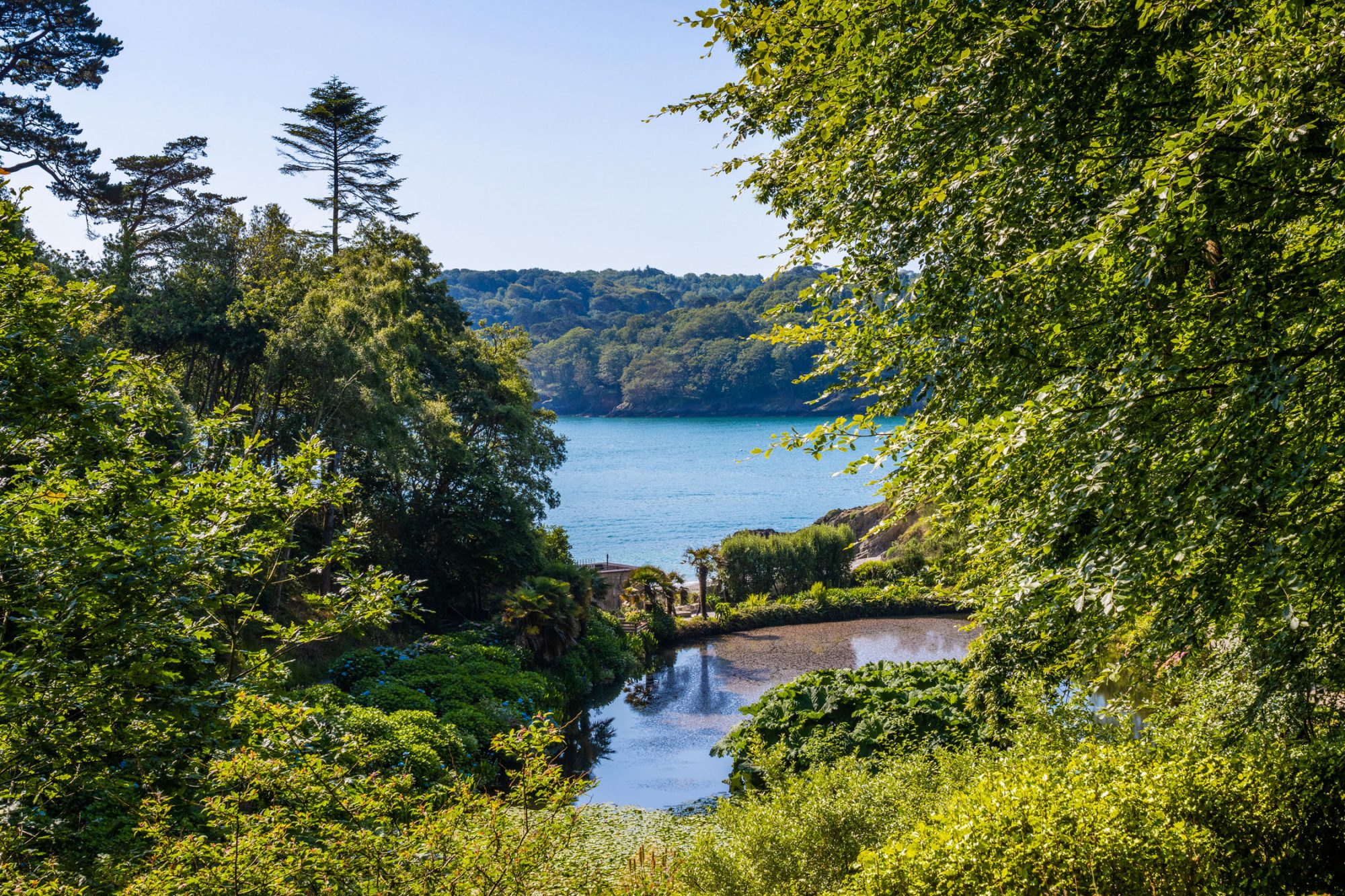Edmund & Juliet Backhouse
Owned Trebah 1878-1906
In 1848, Juliet Fox (1826-1898), the daughter of Charles and Sarah Fox, married Edmund Backhouse (1824-1906) from Darlington, County Durham. Edmund was a banker from the distinguished Backhouse family, who initially built their wealth as flax dressers and linen manufacturers before expanding into banking and finance.
Like the Foxes, the Backhouse family were devout Quakers with a strong interest in botany and notable connections in the field. Upon Charles’ death in 1878, Edmund and Juliet inherited Trebah and used it as a holiday home while continuing to live in Darlington. Despite splitting their time between the two locations, their 30-year ownership of Trebah is considered the golden era of planting and development in the garden.

Backhouse Bankers
Backhouse’s Bank of Darlington was founded in 1774 by James Backhouse (1721-1798), and his sons Jonathan and James.
Jonathan (1747-1826) succeeded his father as senior partner and was in turn succeeded by his son, also named Jonathan (1779-1842). Jonathan’s youngest son Edmund (1824-1906), who owned Trebah, took over the running of the bank from his father in the mid-1800s.
The running of the bank then passed down to Edmund and Juliet’s son, another Jonathan (1849-1918), who successfully ran it until 1896, when a merger with 11 other Quaker banks resulted in a stronger single enterprise that still exists today – Barclays Bank.
The golden era
Although not permanent residents at Trebah, the Backhouse’s 30 year ownership of Trebah is considered the golden era of garden development. Through their status, wealth and shipping connections huge quantities of exotic plants and species were acquired, including 300 soft tree ferns from New South Wales in 1880, which remain a common plant in the garden and throughout Cornwall.
Numerous other plants introduced during this time included morinda spruce, Chinese fir, Arizona cypress, Moreton Bay pine and Chinese bamboo.
After decades of work, the valley was starting to resemble the garden we see today. Paths were created using gravel from the beach and pools were dug out along the natural stream running through the centre of the valley.
Trebah Gem
The Backhouses introduced huge quantities of rhododendrons into the garden. As a very popular plant amongst the wealthy landowners of late-Victorian Britain, it is said that Charles Fox’s brother Robert, of Penjerrick Garden, had a connection with famed botanist and explorer Sir Joseph Dalton Hooker who brought many specimens back from his travels.
Hybrid rhododendrons were also very desirable and in 1893 plant collector Richard Gill, of nearby Tremough nursery at Penryn, cultivated ‘Trebah Gem’ – a cross between R. arboreum ssp. arboreum and R. griffithianum.
It was planted at Trebah in 1899 and thrived, becoming one of our champion trees. Sadly, it came down in the early 2000s. All was not lost however, as cuttings had been taken and a number of new plants are now very well established.
“Along the southern shore of Cornwall… are situated many beautiful gardens replete with rare and tender shrubs and plants… growing in robust health. For the natural beauty of the grounds… none can excel Trebah.”
Flora and Sylva magazine

Backhouse MP
In 1867, Edmund Backhouse was elected M.P. for Darlington as a Liberal. He was then re-elected in 1874 and later retired from Parliament in 1880.
This Parliamentary Boundary Commission map from 1868 suggests new boundaries for Edmund’s Darlington constituency.
Family & friends
Juliet and Edmund had four children: Jonathan (1849-1918), Sarah (1852-1880), Charles (1857-1924), and Milicent (1862-1931). Sarah Fox remained at Trebah until her death in 1882.
Sadly, there are few records of Juliet, however from reading her cousins’ journals it is clear she was a much-loved member of the family, constantly noted as writing to family and caring for the children.
When Edmund passed away in 1906, Trebah was inherited by their son Jonathan who immediately put the estate up for sale, bringing the Fox-Backhouse chapter of Trebah’s history to a close.
A boathouse was built on the west side of the beach, which stood until its demolition for the war effort in 1944, before being rebuilt in its current position in 1963.



